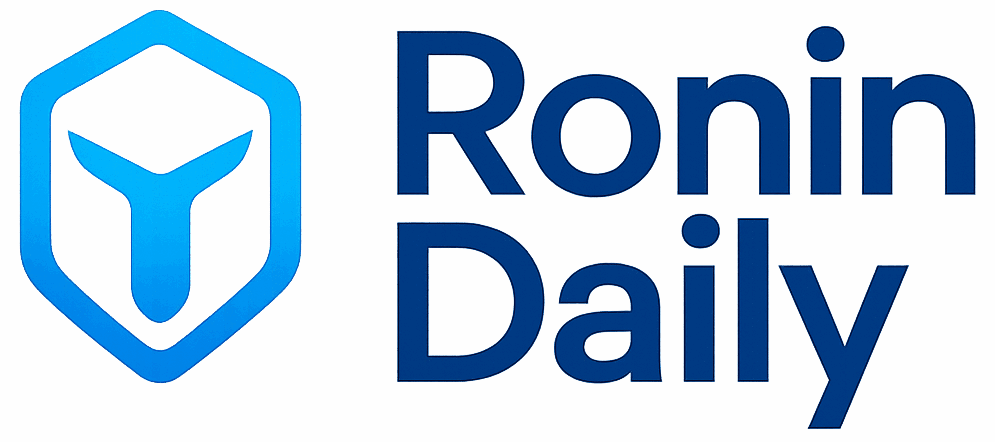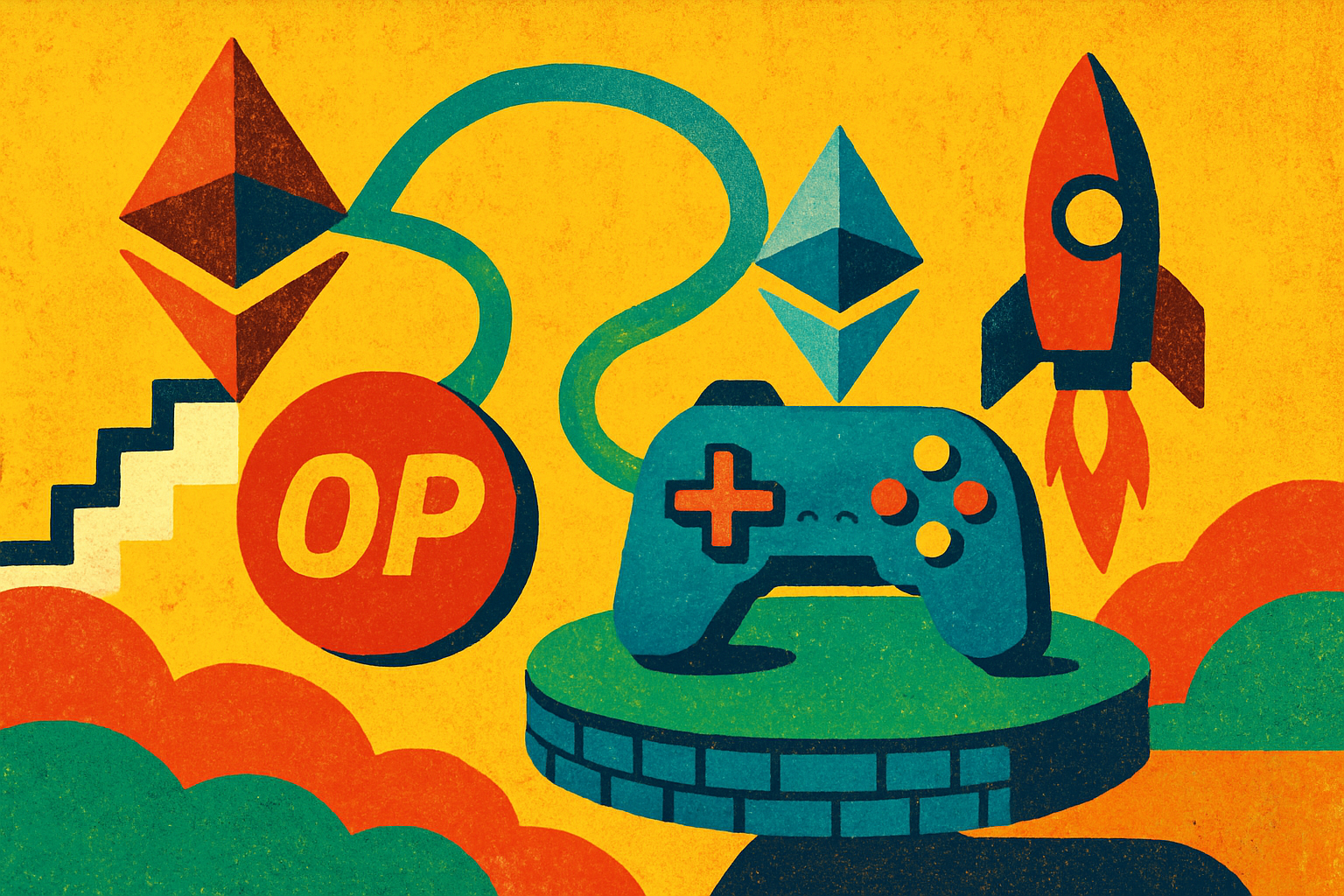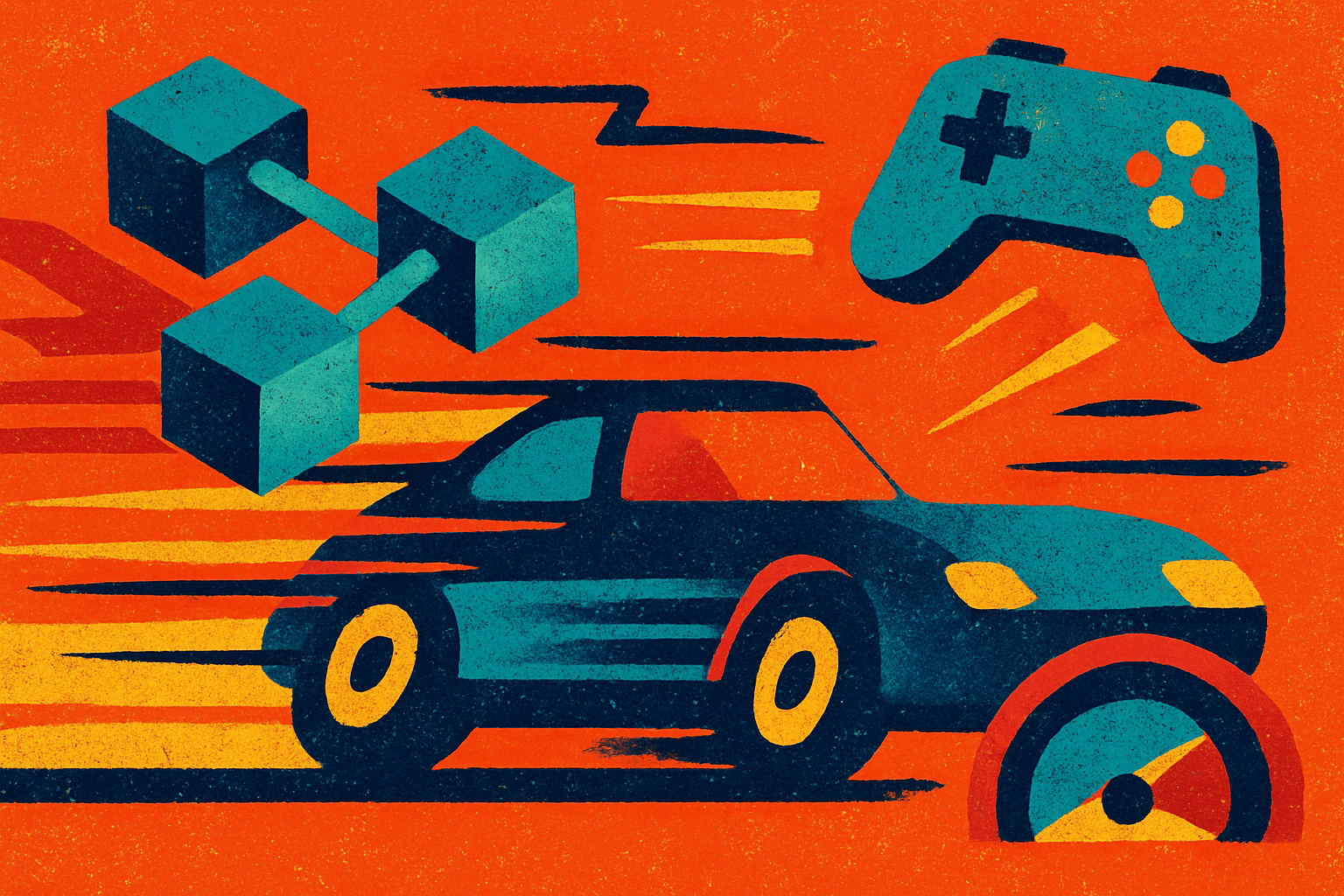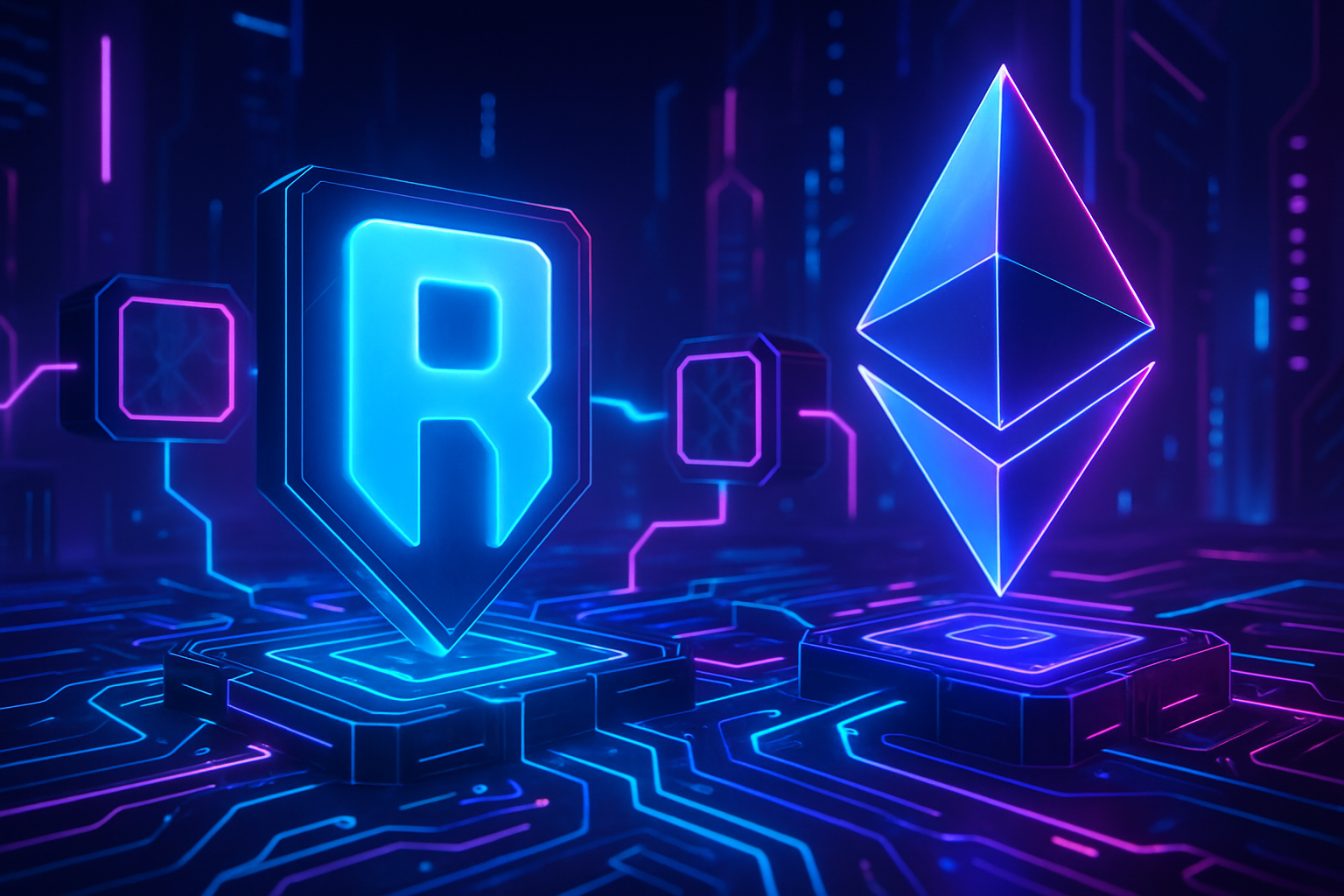
Ronin Network’s decision to transition from a standalone sidechain to an Ethereum Layer 2 (L2) by integrating Optimism’s OP Stack is more than a technical upgrade. It marks a strategic evolution that could reshape the landscape of Web3 gaming. At its core, this move brings Ronin back into the Ethereum ecosystem, leveraging shared security and developer infrastructure while unlocking new incentives for builders and players alike.
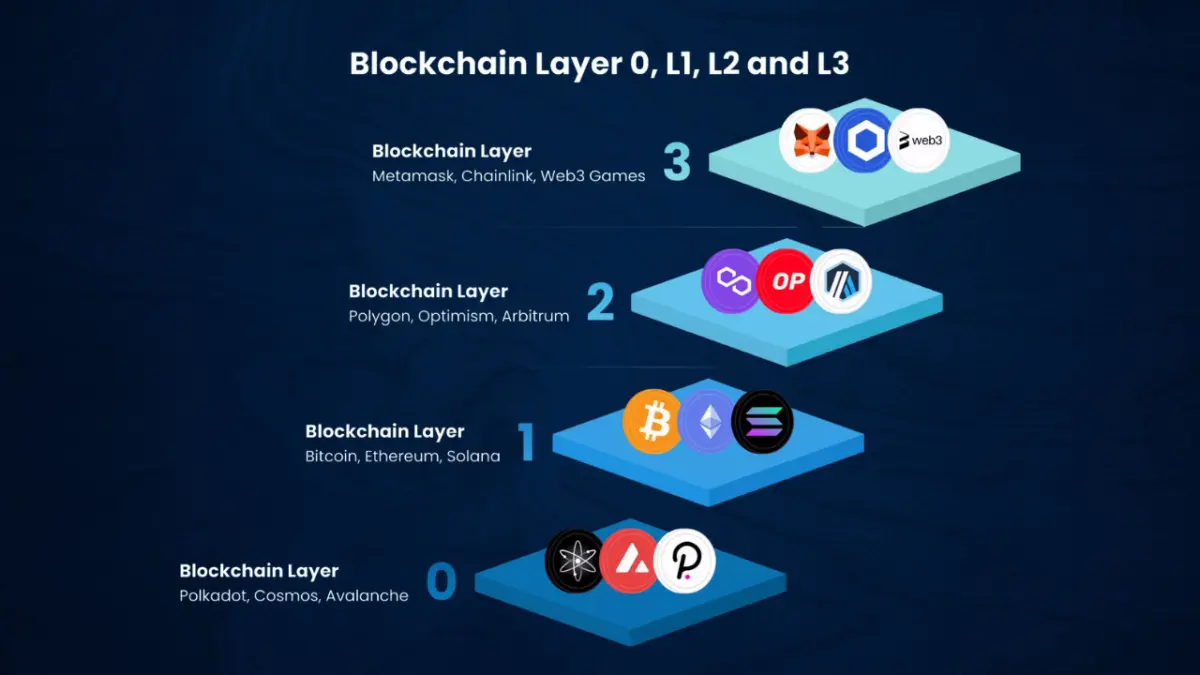
Why Ronin Chose the OP Stack: Performance, Security, and Ecosystem Synergy
Ronin was originally designed as a high-throughput sidechain to support Axie Infinity’s explosive growth. However, as blockchain gaming matured, limitations around scalability, security, and interoperability became increasingly apparent. By adopting Optimism’s OP Stack, Ronin positions itself at the heart of Ethereum’s Superchain vision, a network of interoperable L2s sharing security and tooling.
The numbers speak volumes: with block times between 100 to 200 milliseconds and throughput up to 1 million transactions per second, Ronin’s new architecture promises an order-of-magnitude leap in performance. This is critical for Web3 games that demand fast, seamless user experiences rivaling traditional online platforms. At the same time, inheriting Ethereum’s robust security model addresses one of the most pressing concerns for both developers and users following past cross-bridge exploits.
The Economic Engine: Grants, Incentives, and $RON Gas Token
This migration is not just about speed or security, it fundamentally changes the economic calculus for developers building on Ronin. The network will unlock up to $7 million in milestone-based grants, funded by the Optimism Foundation, Eigen Labs, and Boundless. In addition, developers gain access to allocations from Optimism’s 850 million $OP Retro Fund. These incentives are designed to attract new projects and reward innovation within the ecosystem.
For token holders watching closely, there are no immediate disruptions: $RON remains the native gas token on the network, currently trading at $0.4528. All existing products and applications will continue functioning seamlessly throughout the migration process. This stability is essential for maintaining user confidence during major architectural overhauls.
Superchain Gaming: Interoperability Unleashed
The integration into Ethereum’s Superchain isn’t just technical jargon, it has tangible implications for Web3 gaming at scale. By joining this collaborative environment powered by Optimism’s OP Stack, Ronin enables cross-network collaboration with other L2s sharing similar infrastructure standards. Developers can leverage shared tooling and resources while gamers benefit from smoother onboarding experiences across titles.
- Faster in-game transactions: Near-instant block times mean less waiting and more playing.
- Easier asset transfers: Moving NFTs or tokens between games becomes frictionless within the Superchain framework.
- Unified developer experience: Standardized APIs and modular components reduce technical overhead for building ambitious projects.
This positions Ronin as not just another gaming chain but as a cornerstone of next-generation blockchain-powered entertainment, one that is deeply integrated within Ethereum’s expanding universe rather than siloed off on its own island.
For developers, the move to the OP Stack means access to a battle-tested toolkit and the ability to build interoperable games that can reach wider audiences. The Superchain’s modularity allows teams to focus on gameplay innovation instead of infrastructure headaches. For gamers, this translates into more diverse game libraries, richer economies, and a smoother user experience where assets and identities can travel easily between different titles and platforms.
Key Advantages for Web3 Game Studios on Ronin L2 with OP Stack
-
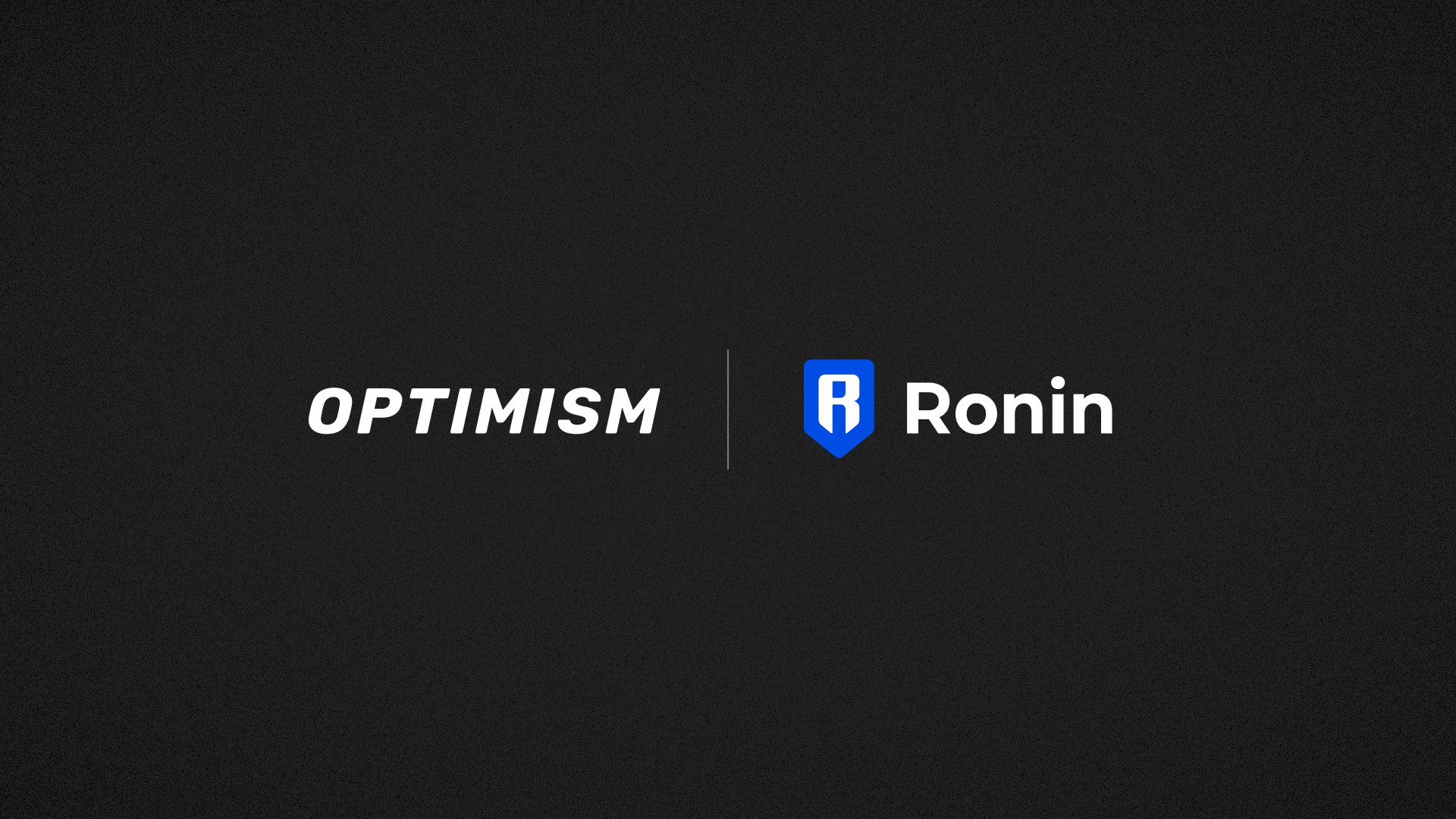
Ultra-Fast Transaction Speeds: Ronin L2 powered by the OP Stack achieves block times between 100 to 200 milliseconds and can handle up to 1 million transactions per second, enabling seamless in-game actions and real-time player experiences.
-
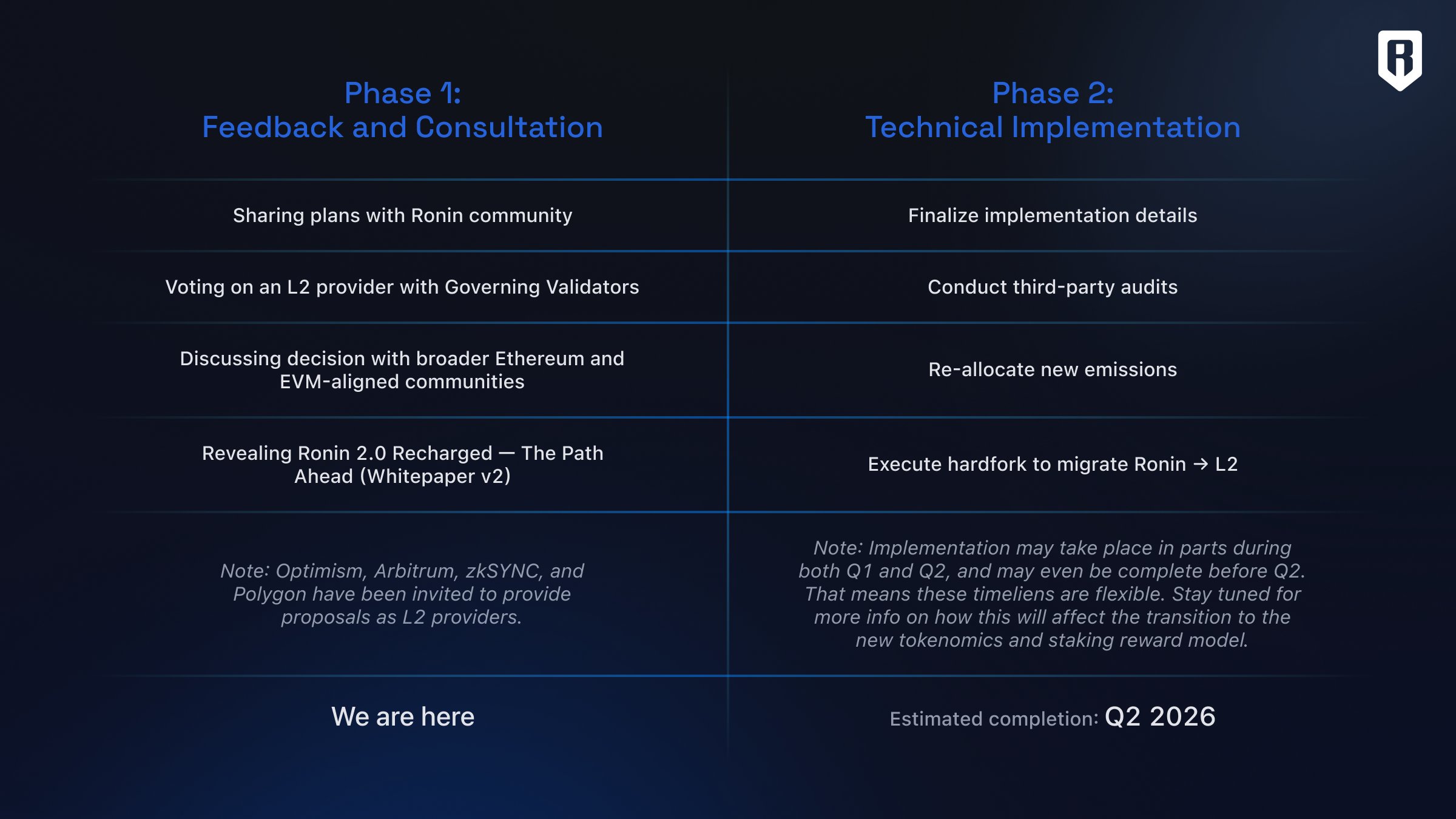
Significantly Lower Transaction Fees: The OP Stack’s efficient architecture dramatically reduces gas costs, making microtransactions and high-volume gameplay economically viable for both developers and players.
-
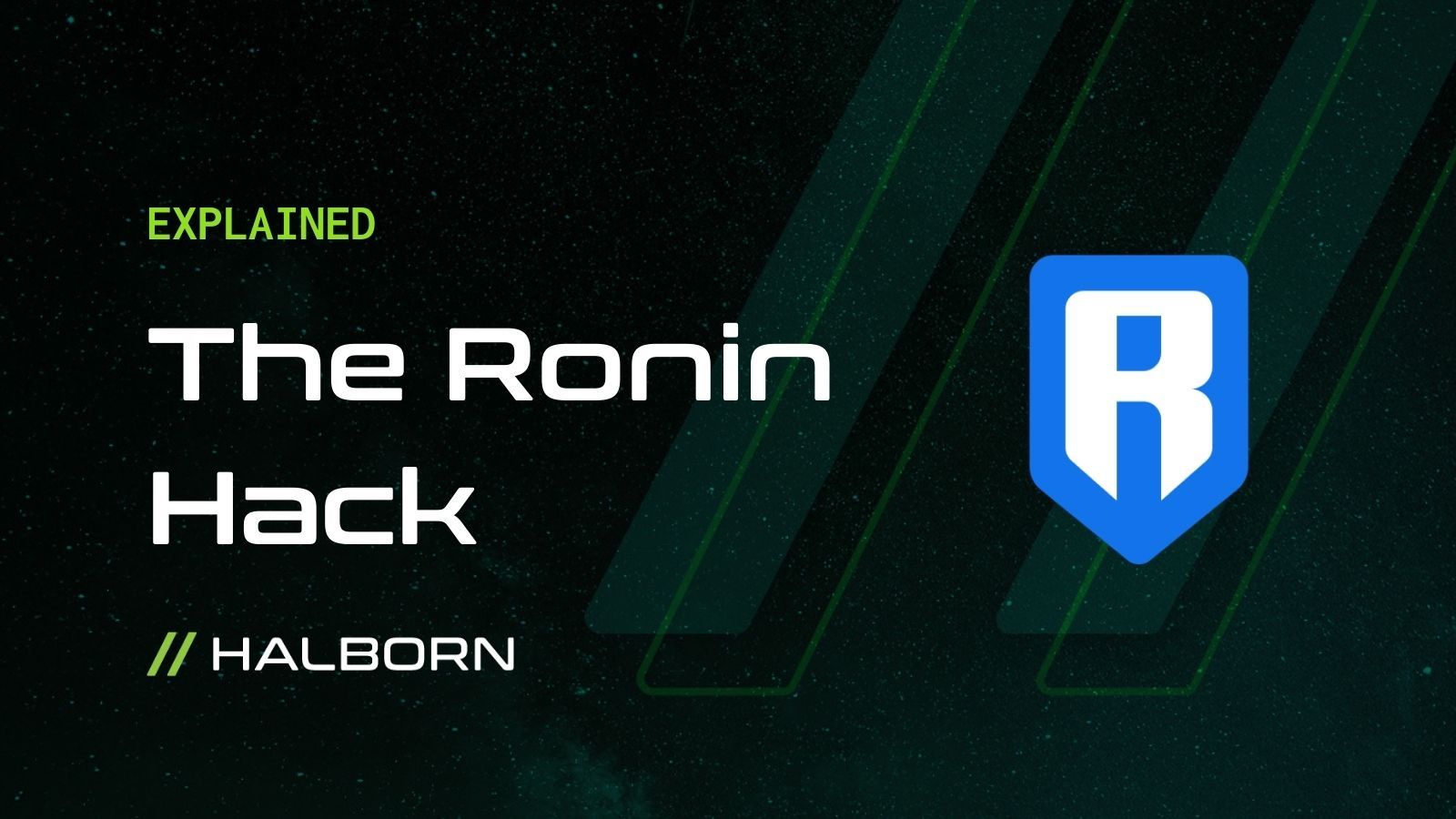
Enhanced Security via Ethereum: As an Ethereum Layer 2, Ronin inherits Ethereum’s robust security framework, providing stronger protection against exploits and increasing player trust.
-
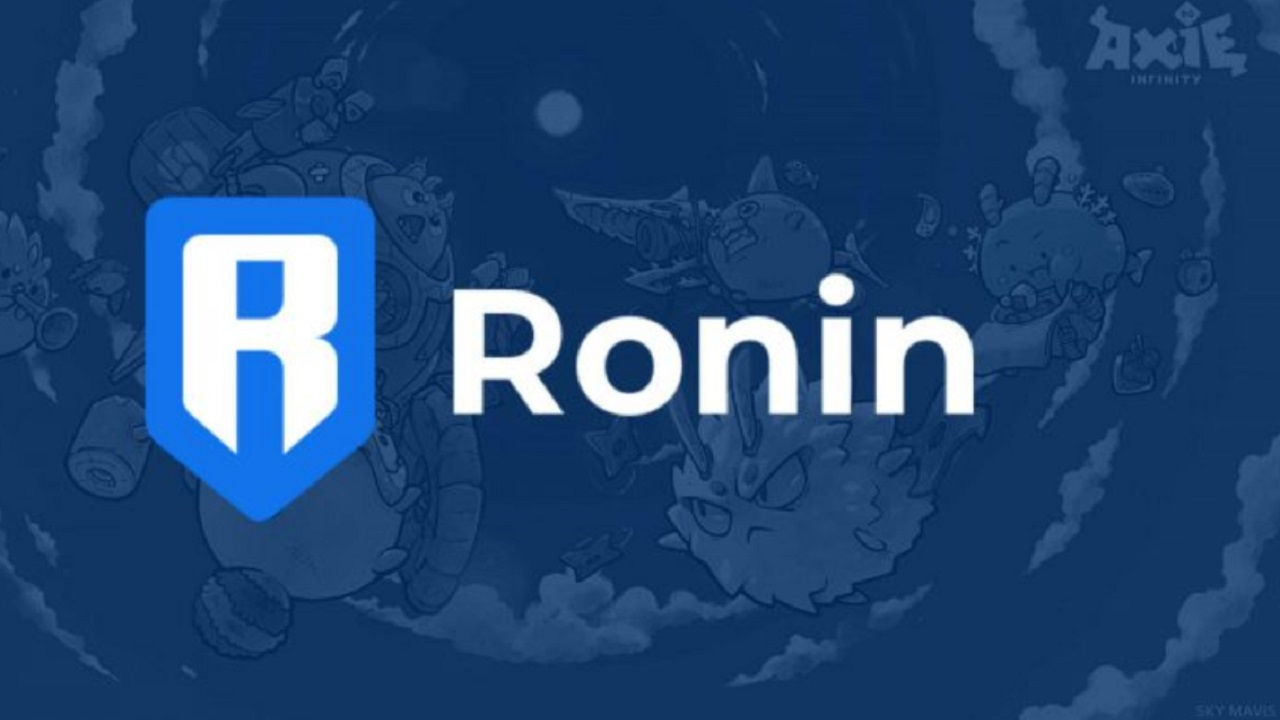
Access to Major Developer Grants: Game studios can tap into up to $7 million in milestone-based grants from the Optimism Foundation, Eigen Labs, and Boundless, plus allocations from the 850 million $OP Retro Fund to support innovation and growth.
-
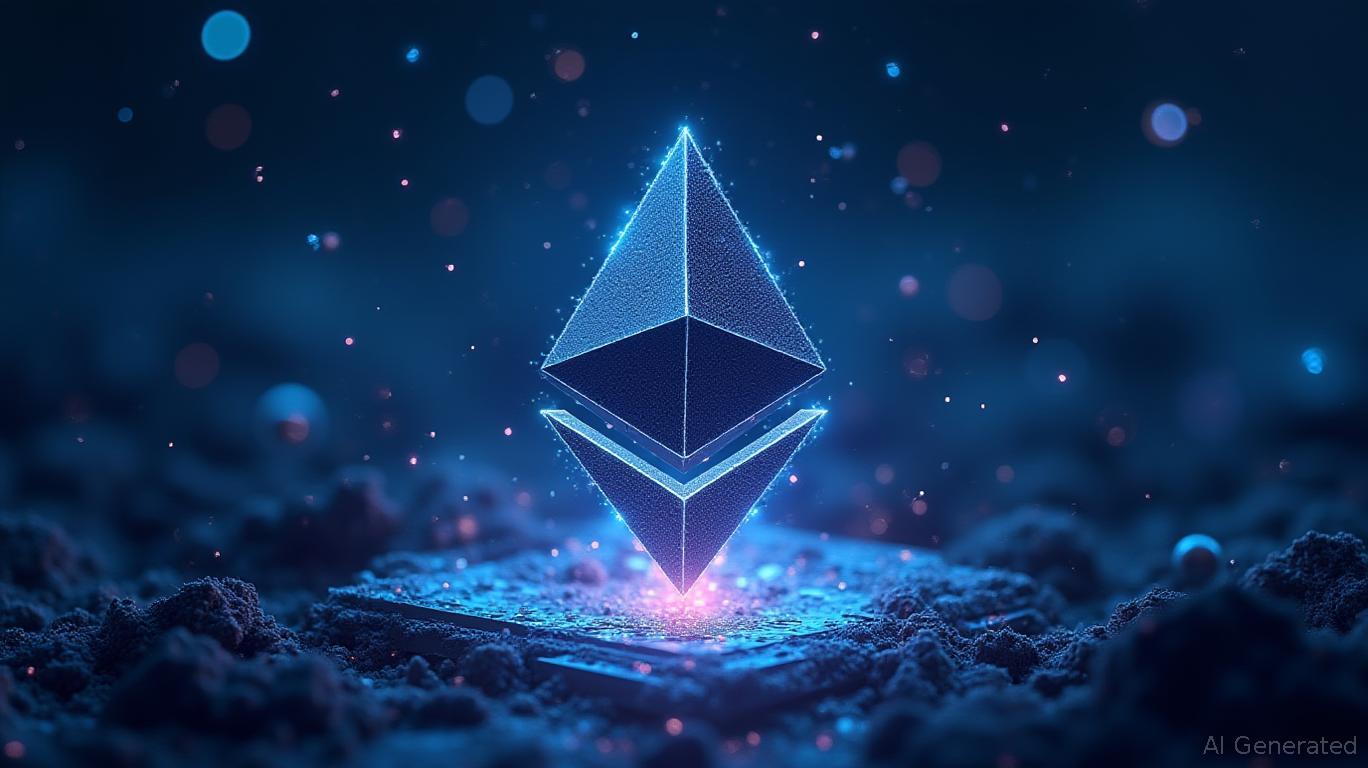
Seamless Integration with Ethereum’s Superchain: By joining the Superchain ecosystem, Ronin enables cross-network collaboration, interoperability, and shared tooling, unlocking new opportunities for game expansion and user acquisition.
-
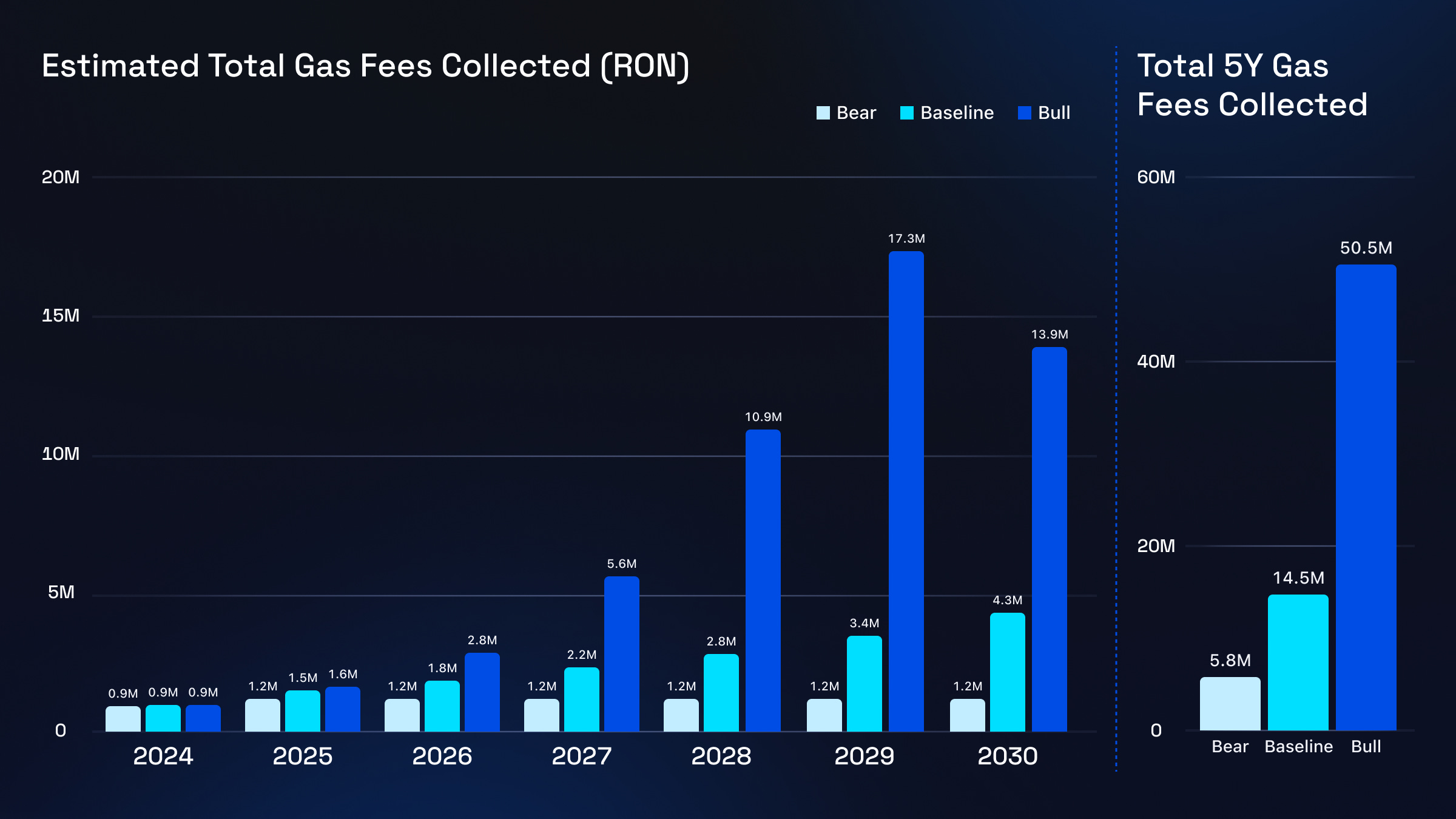
Continued Use of $RON as Gas Token: After migration, $RON remains the native gas token (currently priced at $0.4528), ensuring continuity for existing games and simplifying tokenomics for new projects.
-
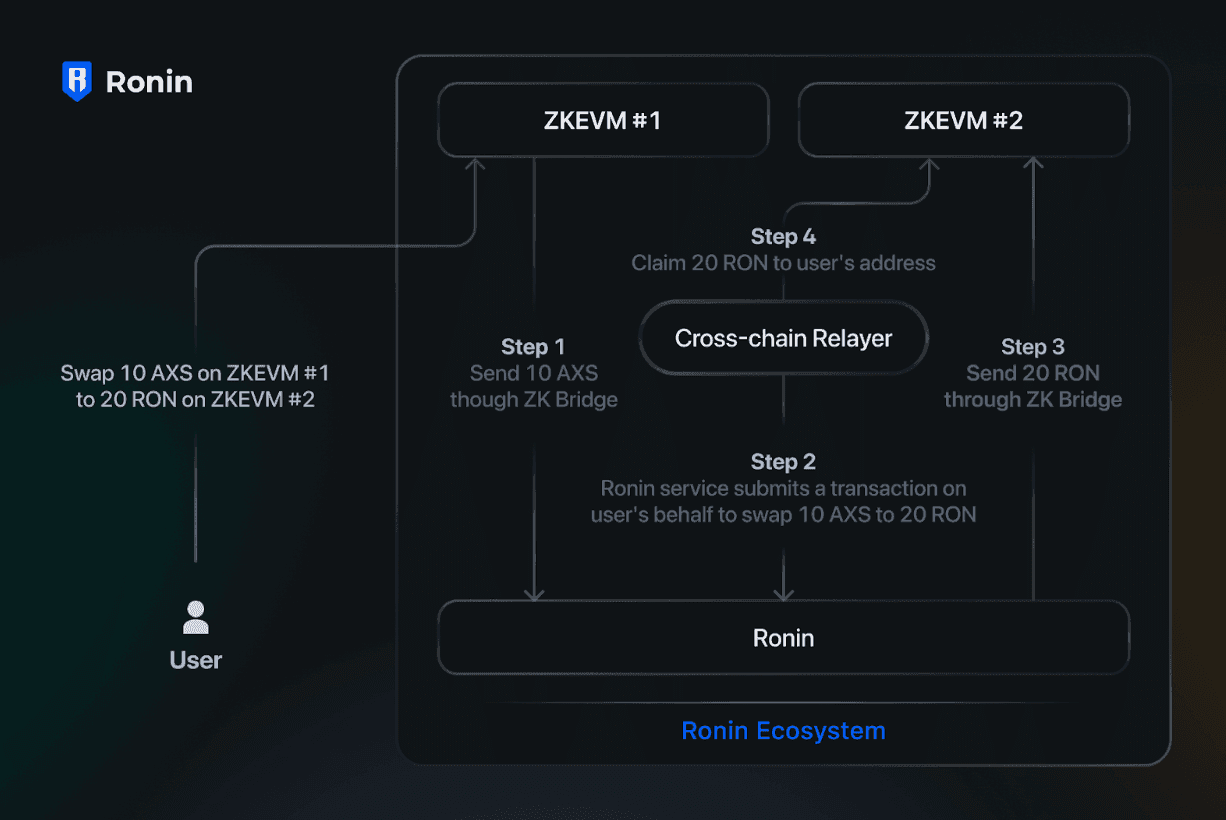
Future-Proofed for New Economic Models: The transition paves the way for Proof-of-Distribution staking and gamified economic models, scheduled for rollout by mid-2026, offering innovative monetization and engagement strategies.
Community engagement is another area set for transformation. With $RON staking on the horizon and milestone-based grants up for grabs, there are fresh incentives for both builders and players to actively participate in network governance and ecosystem growth. This aligns with the broader shift in Web3 toward more decentralized, user-driven platforms where value accrues directly to those who contribute most.
Validator Dynamics: Security and Governance in the New Era
The transition also impacts Ronin’s validator set. By inheriting Ethereum’s security guarantees via Optimism’s rollup architecture, Ronin validators will play a dual role: securing the network while participating in a broader governance process that shapes both protocol upgrades and incentive distribution. This could foster stronger alignment between network health and community interests, especially important as Ronin scales beyond its Axie Infinity roots.
Looking ahead, all eyes are on the mid-2026 completion target for full migration. The roadmap includes phased rollouts of Proof-of-Distribution staking models, new economic primitives for gaming, and continued integration with Ethereum’s evolving feature set. For those tracking price action, $RON remains stable at $0.4528, reflecting market confidence in the ongoing transition.
What This Means for Web3 Gaming: The Bigger Picture
Ultimately, Ronin’s migration is about more than just technical upgrades, it signals a maturing of blockchain gaming infrastructure as a whole. By embedding itself within Ethereum’s Superchain via Optimism’s OP Stack, Ronin is betting that interoperability, security, and developer incentives are what will unlock the next wave of user adoption.
For industry watchers and participants alike, this is a pivotal experiment in aligning high-performance gaming with decentralized trust. If successful, it will set new standards not just for speed or cost but for what is possible when open ecosystems collaborate at scale.
